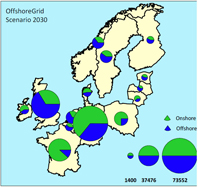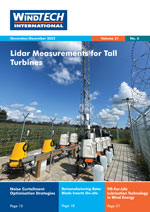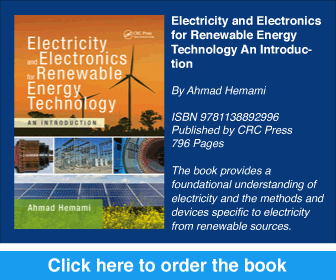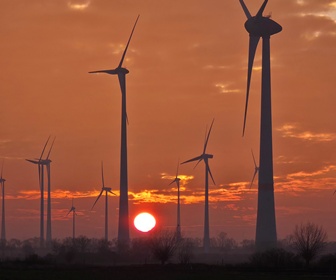The Optimal Mix for a Powerful Europe
 The recent financial and economic crisis shows that unlimited and unregulated growth is not sustainable. Increasing energy prices, dependency on energy imports and the need to mitigate climate change require joined-up thinking within Europe to promote a sustainable and climate-friendly power supply system that is driven by solar, wind and other renewable energies. Smart investors will soon be inspired by this vision to make it happen. The central insight is that wind, solar, pan-European transmission and storage form an interdependent system. This system has to be optimised according to the specific costs of each of these technologies.
The recent financial and economic crisis shows that unlimited and unregulated growth is not sustainable. Increasing energy prices, dependency on energy imports and the need to mitigate climate change require joined-up thinking within Europe to promote a sustainable and climate-friendly power supply system that is driven by solar, wind and other renewable energies. Smart investors will soon be inspired by this vision to make it happen. The central insight is that wind, solar, pan-European transmission and storage form an interdependent system. This system has to be optimised according to the specific costs of each of these technologies.
By Lueder von Bremen, ForWind – Center for Wind Energy Research, University of Oldenburg, Germany. Co-authors: Jens Tambke, Jan De Decker and Kurt Rohrig
 The recent financial and economic crisis shows that unlimited and unregulated growth is not sustainable. Increasing energy prices, dependency on energy imports and the need to mitigate climate change require joined-up thinking within Europe to promote a sustainable and climate-friendly power supply system that is driven by solar, wind and other renewable energies. Smart investors will soon be inspired by this vision to make it happen. The central insight is that wind, solar, pan-European transmission and storage form an interdependent system. This system has to be optimised according to the specific costs of each of these technologies.
The recent financial and economic crisis shows that unlimited and unregulated growth is not sustainable. Increasing energy prices, dependency on energy imports and the need to mitigate climate change require joined-up thinking within Europe to promote a sustainable and climate-friendly power supply system that is driven by solar, wind and other renewable energies. Smart investors will soon be inspired by this vision to make it happen. The central insight is that wind, solar, pan-European transmission and storage form an interdependent system. This system has to be optimised according to the specific costs of each of these technologies.By Lueder von Bremen, ForWind – Center for Wind Energy Research, University of Oldenburg, Germany. Co-authors: Jens Tambke, Jan De Decker and Kurt Rohrig










